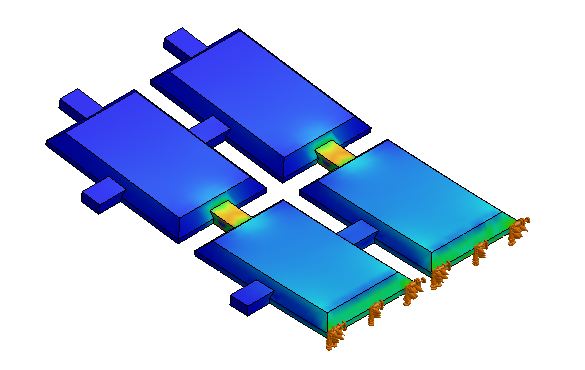




This project aims to develop an inexpensive, but effective, low head hydro-generator that can make use of bodies of water with low volume or those without strong flow; necessary for conventional turbines. These generators would be built by snap-assembly techniques some distance or on-site to improve convenience and be easy to maintain.
The basic design will focus on a single hydro-blade made to oscillate by flowing water. The surround images show different concept designs. This blade would be attached to the generator motor which would in turn be anchored, somehow, to the bottom of the water. As the water flows over the 6ft to 7ft hydro-blade, several peaks and troughs of the wave pass along the surface; causing an oscillatory throughout the blade body. Currently there are three profiles for the hydroblade: Rectangular, Triangular or Ensiform. Experiments would need to be carried out to determine the effectiveness of these shape on the water surface.
Conventional hydraulic turbines use a large hydraulic head to power turbines to generate electricity, which can be found naturally as waterfalls and rapids; or can be built artificially in dams or reservoirs, or other earth-moving projects, which can have adverse effects on the environment. The hydroblade proposed in this report can capture the kinetic energy in places with low hydraulic head, such as rivers, channels, spillways, irrigation systems, tides and certain coastlines. This design also removes the danger of rotating blades for marine life, and has few problems of visual and noise pollution. However, the sitting location would almost certainly require areas to be closed to fishing and shipping activities.
Hydro-blade:
Design of a portable and inexpensive low head hydro-generator




